Some sports events can also attract certain elements that enjoy violence and confrontation. Alcohol and drugs can also play a part in aggression at many events.
Good planning and understanding of the background to the event and team dynamics can lower the risks for productions. Foreseeable violent situations should be discussed with your Safety Adviser or if required, the Corporate Security Team or the High Risk Team. Where violence is expected, you can refuse to cover a story. If you decide to proceed, then a separate risk assessment is likely to be required approved by a senior manager.
What Can Go Wrong?
- Injury from being punched, pushed to the ground, hit by a flying objects or a missile and being attacked with weapons.
- Threatening or abusive words or behaviour which may be distressing or cause fear and anxiety.
- Theft.
Legal/���˿��� Requirements
- A separate risk assessment may be required with sign off at a senior level and discussions with Editorial Policy where there is a foreseeable risk of violence eg, riot, door step, covert filming etc.
Control Measures
General Controls
- Consider likelihood of violence and aggression based on type of activity, those involved, background, previous history, location, time of day, political situation etc and make plans accordingly.
- Speak to local safety adviser, Corporate Security & Investigations, High risk Team, Local Authority, Police and Emergency Services and any other relevant authorities for latest advice.
- Consider where appropriate to locate crew, vehicles and equipment to minimise risk.
- Brief staff ahead of deployment with all the essential information.
- Staff covering civil disturbance or riots should be properly trained and experienced eg, public order course or working in crowds if inside a ground.
- Consider the age, experience and training of the crew selected
- Good communications between the team, base and emergency services are essential. Do they work? What alternative means of communication do you have?
- Ensure you have fall-back or emergency plan including who to contact should something untoward happens or where to meet if something happens.
- Consider safe vantage points where you can get your material but not be exposed.
- Ensure staff have adequate breaks and are not working excessive hours.
- Consider welfare arrangements – suitable toilets, somewhere to get hot food or a drink etc.
- Based on the activity what Personal Protective Equipment is required eg, stab jacket, riot helmet, suitable footwear, cold or wet weather clothing.
- Staff must not be sent to foreseeable violent situations on their own.
- Withdraw to a safe area if faced with aggression or if weapons appear and inform your deployer.
- Arrange a security back-watcher / second person if required through the Safety Advice Line: +44 (0) 370 411 0464 or via pre-vetted security providers on gateway procurement site.
- Be aware when using expensive equipment especially laptops, cameras, iphones etc and avoid taking unnecessary valuables, sensitive documents and equipment into the field.
- If threatened by criminals – hand over the ���˿��� kit. People are more important than property.
- Ensure you keep your news desk, deployer or line manager up-to-date especially if situation changes.
- Consider need for staff to have access to occupational health support services if exposed to unsavoury or disturbing sights.
- Safety equipment is available from the Safety Equipment Store in London and can be ordered where needed. Riot kits and grab bags are available locally in most locations.
Division Specific Issues
- Incorporating Radio OB MS M001-09 Personal Safety.
FAQs/Did You Know?
- No FAQs
Recommended links
-
[���˿��� network only]
-
[���˿��� network only]
Personal security topics
-
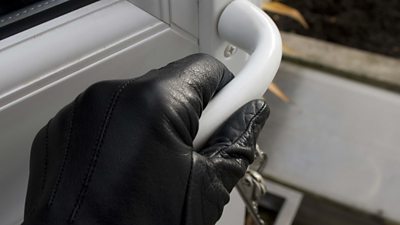
Security (Personal)
Measures you can take to help protect yourself -
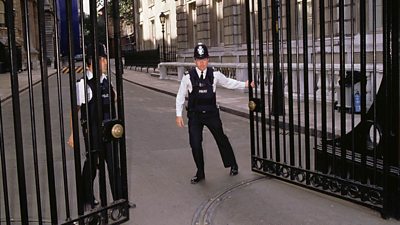
Security (on Location)
Advice for maintaining security on productions -

Covert Filming
A guide to a genre of programmes which involve investigative journalism, surreptitious and covert filming or recording, creating potential personal security risks. -

Courts of Law
A guide to working in, outside or, around courts following a news story. -
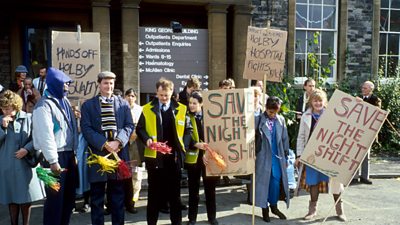
Demonstrations, Protests, and Crowds
���˿��� Safety has a whole host of safety guidance to assist teams when they are planning a deployment to a demonstration or protest. -

Door-Stepping
The risks of obtaining an interview, or piece to camera, from a contributor without prior arrangement or agreement. -

Harassment and Stalking
Guideline to harassment and stalking, including internet / social media trolling. -
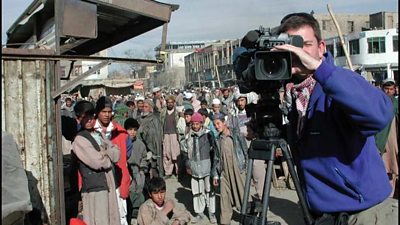
Lone Working
This Guideline sets out the hazards and precautions to be considered when lone working, whether it is in the office, on location or overseas. -
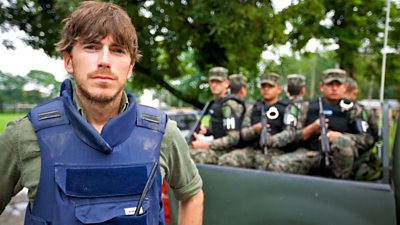
Security on Location
Guideline provides measures to help mitigate the security threats associated with production activities on location, including door-stepping, covert filming, working with crowds and public order issues. -

Violence and aggression
Guidance on dealing with violence and aggression
More from SSR
-
Your platform to record accidents, risk assessments, assurance monitoring and inspections
-
Safety Equipment Stores
Just one number to call: 0844 800 8875 -
���˿��� Safety Guidelines
An A-Z of ���˿���'s Health and Safety Guidelines -
Safety Advice Line: 0370 411 0464 Email: safety@bbc.co.uk
- A-Z of ���˿��� Safety Guidelines
- Accident Reporting and Investigation
- ���˿��� Health & Safety Policy
- Contractors (incl. vetted lists)
- Contributors
- Fire Safety
- Freelancers
- Independent Production Companies
- Risk Assessment
- Safety Alerts
- Safety Responsibilities
- Safety Training
- Sets & Premises Safety Guide
Events guidance - key links:
- Exhibitions
- General Guidance
- Indoor Location Recce Checklist
- Outdoor Location Recce Checklist
- Major Incidents & Emergency Planning
- Marketing and Promotional
- Noise Exposure
- Planning and Management
- Responsibilities
- Responsibilities Form
- Laser Lighting Effects
- Strobe Lighting
- Temporary Stages and Rostra
Health topics - key links:
- (���˿��� network only)
- Contributors Fitness to Participate
- Display Screen Equipment (DSE)
- (���˿��� network only)
- First Aid and Welfare on Location
- International Travel - Risks & Health
- Manual Handling
- Mental Health: ���˿���page
- (���˿��� network only)
- Personal Health and Wellbeing
- Pregnancy
- Psychological Trauma Support & Trauma Risk Management (TRiM)
- Tiredness and Fatigue
- Travel Health Contacts
���˿��� High Risk - key links:
- CBRN and Industrial Spills
- Covert Filming
- Crisis Management and Security Support
- Demonstrations, Protests and Crowds
- Disaster Coverage
- Door Stepping
- (���˿��� network only)
- (���˿��� network only)
- Public Order
- Safety Equipment Stores
���˿��� Journalism - key links:
���˿��� Productions - key links:
- Aerial Filming and Airfields
- Animals: Displaying and handling for performance
- Boats: Working on
- Children and Young People
- Driving
- Electrical Equipment and Systems
- First Aid and Welfare on Location
- Food Safety (Cooking and Catering)
- Remote Location Working
- Roads and Streets: Working by
- Security of Productions on Location
- Stunts
- Tiredness and Fatigue
- Unmanned Aerial Systems (UAS aka Drones)
- Vehicles: Recording in, from and around
- Working at Height: Mobile Elevating Work Platforms
- Working at Height: Tower Scaffolds
���˿��� Radio - key links:
- (���˿��� Network only)
���˿��� Security - key links:
���˿��� Sport - key links:
About this site
This site describes what the ���˿��� does in relation to managing its health, safety and security risks and is intended for those who work directly for the ���˿���.
It is not intended to provide instruction or guidance on how third parties should manage their risks. The ���˿��� cannot be held liable for how this information is interpreted or used by third parties, nor provide any assurance that adopting it would provide any measure of legal compliance. More information
Some links on this site are only accessible when connected to the ���˿��� network
